Spread the Ayurveda Goodness
- 1Share
The breath is a wonderful thing. When controlled, it can sedate your nervous system, or pump you up with energy. It can cool your body down, or generate warmth. It can even suppress your appetite or fuel it. Pranayama is the yogic practice of controlling the breath and thereby influencing the state of your body and mind. Pranayama is immensely powerful – it can have strong healing effects on your body’s systems, like the digestive and respiratory systems. Bhastrika, also known as Bellow’s Breath, is one such Pranayama technique.
Why Try Bhastrika?
- Bhastrika pranayama has a highly energising effect on the body – it wakes you up.
- It refreshes and clears the mind.
- It generates warmth – very beneficial for when the weather gets colder.
- There is an increase of oxygen in the blood.
- It stimulates detoxification.
- It purifies the body’s energy channels.
- Bhastrika is known to have a balancing effect on the 3 doshas: Vata, Pitta and Kapha.
- It clears congestion in the nose and chest.
- It invokes the gastric fire, thus increasing appetite.
- Bhastrika benefits the digestive system – it’s great for metabolism.
Bhastrika Pranayama Steps
Preparation:
- Sit in any comfortable and steady asana: Padmasana, Vajrasana or Sukhasana are fit.
- Keep your spine erect, shoulders relaxed, chin straight and mouth closed.
- Take a few normal breaths to relax your body and mind.
Each round:
- Inhaling through your nose, expand your stomach fully.
- Forcefully and rapidly, exhale through the nose – only move your belly. Your head, neck, shoulders and chest shouldn’t move.
- Immediately inhale with the same force and speed.
- This makes 1 round.
Each cycle:
- Now complete 1 cycle by doing 10 rounds.
- After each cycle, rest for 30 seconds until your breath returns to normal.
- As a beginner, do 2 or 3 cycles in each session.
Points to note:
- Your breath should sound like a hiss.
- Each inhale and exhale should take about 1 second.
- Maintain equal force and speed.
- Always listen to your body! If you feel lightheaded, stop doing it and relax. Try doing it with lesser force, and do shorter rounds.
- If you feel any kind of discomfort, consult a trained professional.
When to Do Bhastrika
- In the Morning: Since the Bhastrika breath is stimulating and energising, it’s a great idea to do it when you wake up in the morning. Trust us, you won’t feel the need for your morning caffeine after doing it! It’s one of the healthiest ways to get yourself ready to conquer the day.
- Daytime Dullness: Anytime you feel your energy levels drop, set aside some time to do Bastrika. 3 cycles or a total of 30 rounds (remember to rest between each cycle!) should get your blood pumping and relieve feelings of dullness and fatigue.
When NOT to Do Bhastrika
- At Night: It’s not a good idea to do this pranayama after dusk since you’d find it difficult to fall asleep afterwards. At night, you could try one of these relaxing breathing exercises instead.
- On a Full Stomach: Definitely not, because it can mess with your digestion. Wait for a couple of hours and then practice it.
Contraindications: Who Shouldn’t Do Bhastrika
Don’t do it if you are or have:
- Pitta aggravation
- Pregnant
- Menstruating
- Hypertension
- Glaucoma
- High BP
- Vertigo
- A panic disorder
- Epilepsy
- Heart disease
- Had recent abdominal surgery
- Hernia
- Gastric ulcers
- Detached retina
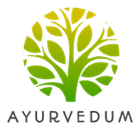
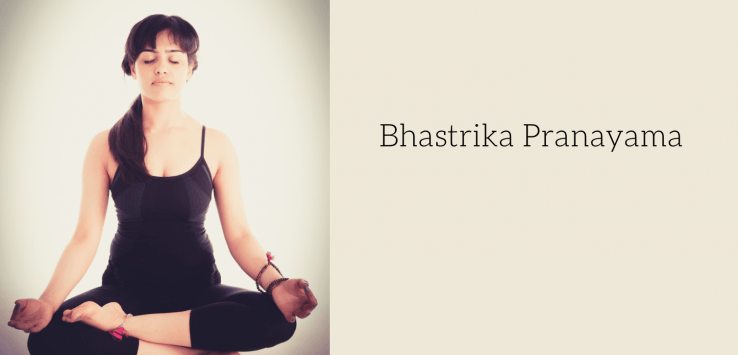
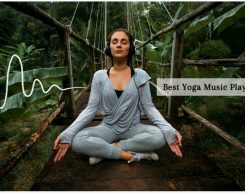
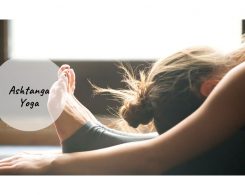

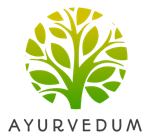
Leave a Reply